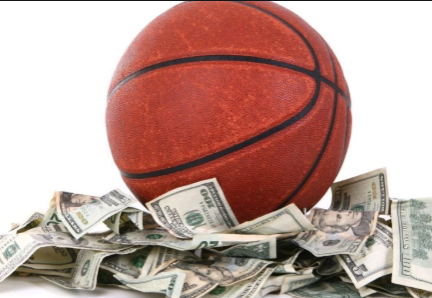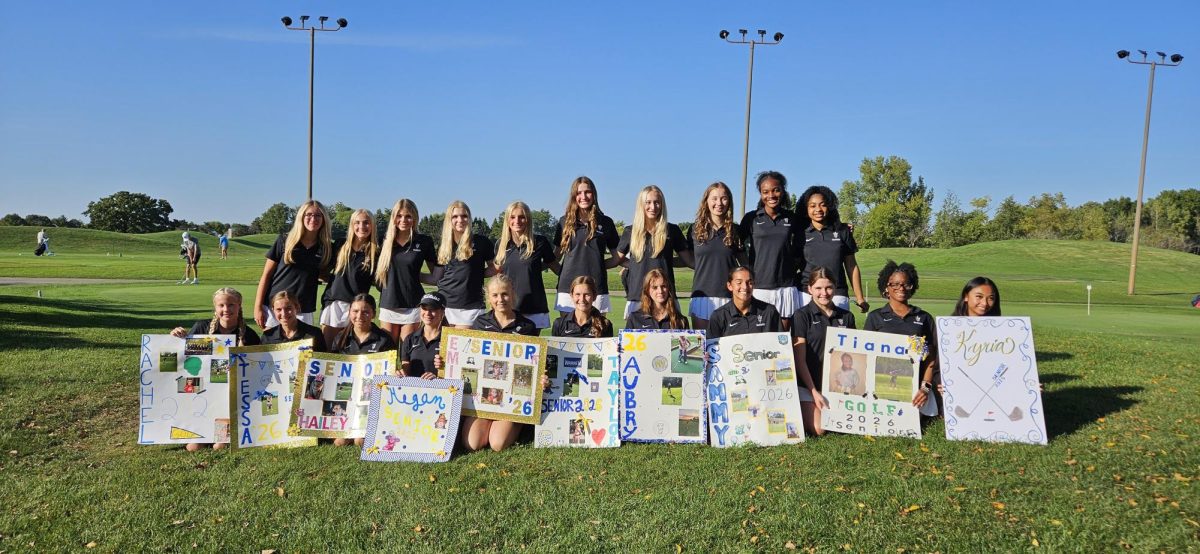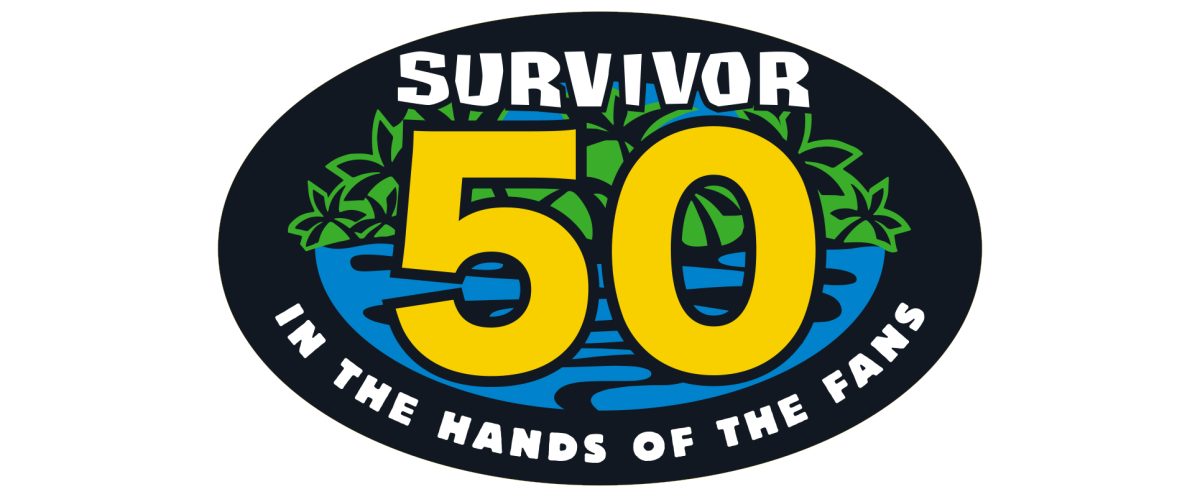Pay To Play?
Are High Athletic Fees Creating a Pay to Play Model?

March 9, 2020
The 2019-2020 school year has been one to remember for sports, with both our finalist position at state for football and the four state medals our freshman Keegan Knott brought home for swim. As such a big school, it’s no surprise we dominate in sports due to all of the competition for spots on the teams. However, being on one of these teams does not come without a cost.
The athletic fee to join these teams of $240 may not seem insurmountable but this cost does not include all of the equipment students need to even participate, nor does it include the medical costs of getting a physical to try out. In the end, students may spend between $370 to $600+. These high prices often lead to “pay to play” situations, where those that are talented enough to play can’t participate due to the cost of sports.
With around 100 different sports teams or levels, around 45% of the student population participates in Warren Athletics. This is a great participation number, but many studies like the Suffolk University Law Review have shown that in schools with athletic fees of $100 there is a 10% decrease in participation, and in schools with fees of $200 or more there is a 20% decrease in participation.
These studies lead me to wonder how much better our athletics could be if that 20% of possible participants had some way to afford involvement.
Although it is just a small drop when an ocean is needed, the school does have some systems of help in place. Ms. Belmont, our athletic director of two years and a teacher of 25 years, has created many new changes in her department. Athletes that participate in 2 sports are exempted from the fee of their third sport, a policy put in place by Ms. Belmont. In extreme cases, students can approach members of the student services department such as the Mothers Trust Grant who have resources to help cover eligible athletes fees.
Though these are great resources, they only help a small portion of students that can not afford to pay to play. There is a whole other group of students that are neglected in these programs.
Student fees are necessary to pay coaches and for field space, but changes to help all students should be made. Programs such as hand-me-down closets should be put in place. These are programs where athletes with equipment they no longer need or use and are in decent shape are given to the school as a resource for coaches to access when a who student can’t afford equipment is in need of some.
Hand-me-down closets could help those in softball or baseball who can’t afford to buy a $300 bat and $200 glove or soccer players that can’t afford $50-100 cleats.
If not a hand-me-down closet, then maybe a decreased rate for families with multiple athletes or athletes from low-income/free or reduced lunch.
Regardless of what the solution is, one is needed. Our school of 4,026 students has so much potential, and to access this potential we must find a way to deconstruct this “pay to play” model and allow all of our students, regardless of home income, an opportunity in our athletics department.
Works cited
https://www.healthaffairs.org/doi/full/10.1377/hlthaff.2012.1222
Interview with Becky Belmont, Athletics Director, on the state of our sports fees and budget.








